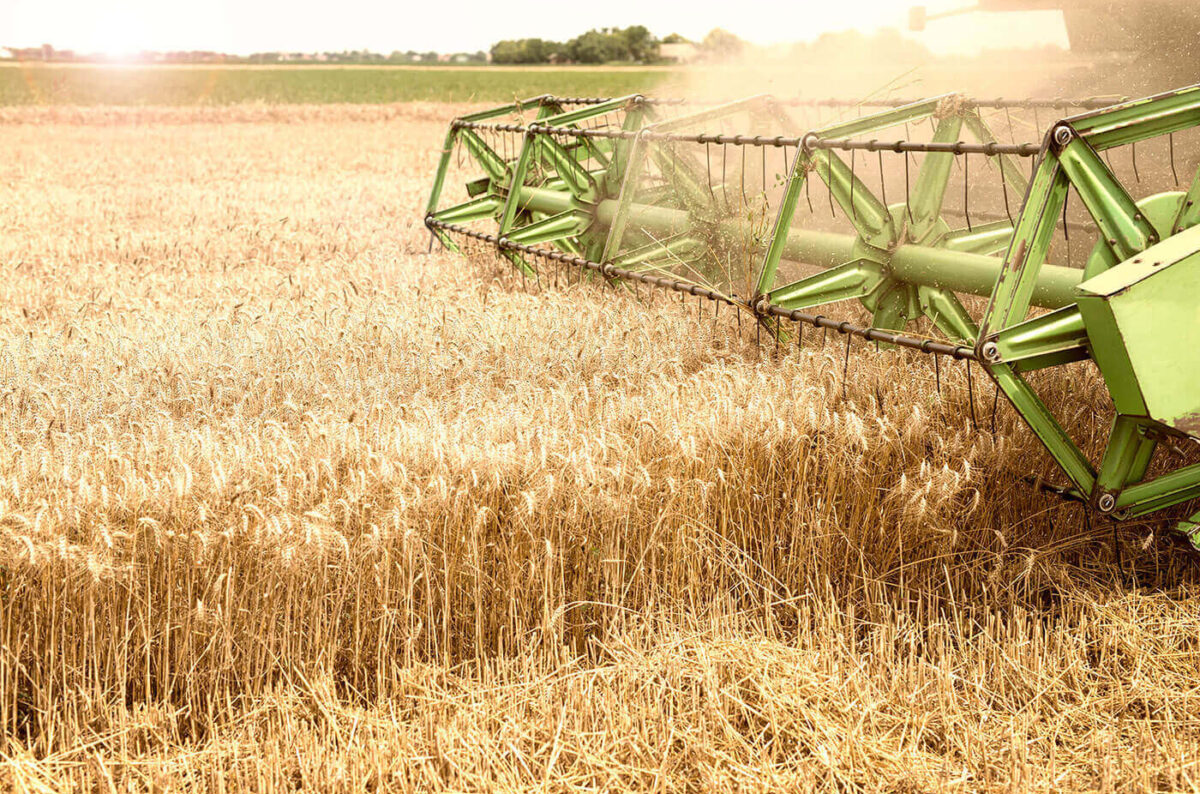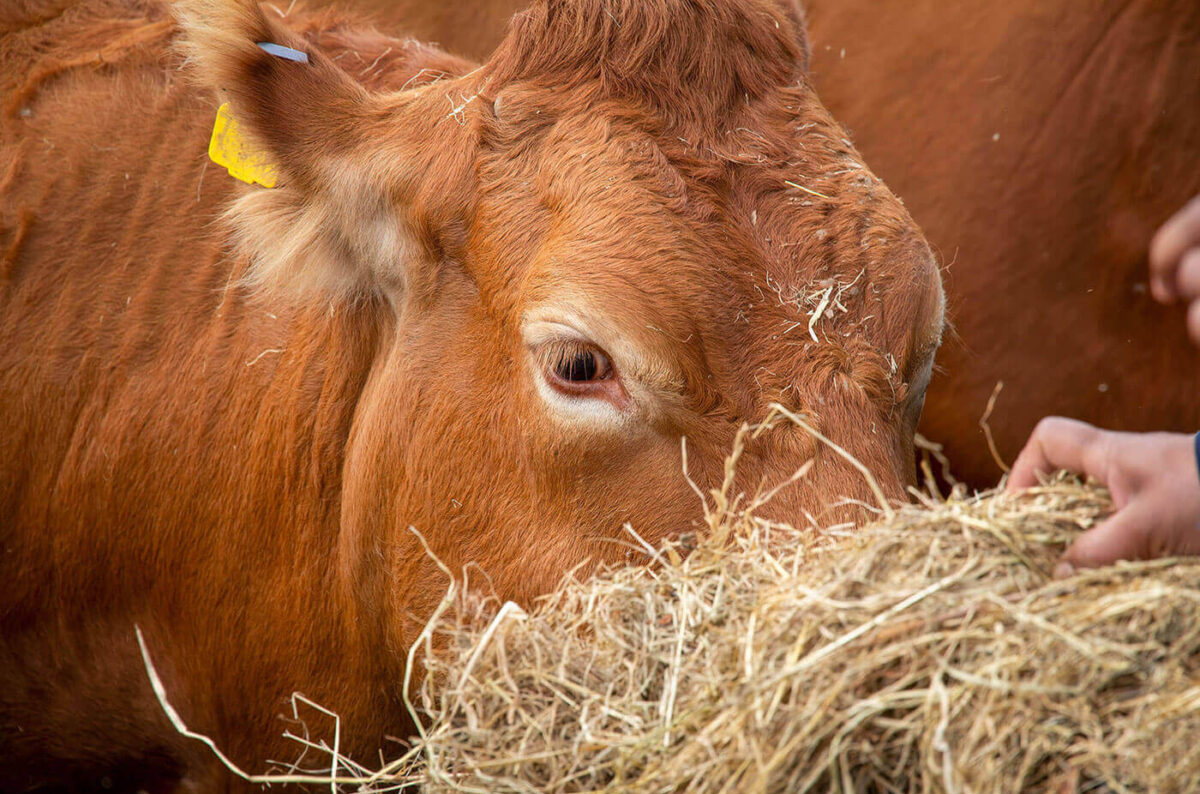
- Food Waste
- October 12, 2022
The Expanding Organic Landscape
The organic farming sector has experienced remarkable growth over the past two decades. What began as a niche market has evolved into a global movement, with consumers increasingly seeking products grown without synthetic pesticides, herbicides, or genetically modified organisms. According to the latest industry reports, the global organic food market now exceeds $120 billion annually and continues to grow at rates outpacing conventional agriculture.
This growth reflects shifting consumer priorities: environmental concerns, health consciousness, and interest in sustainable food systems. For many farmers, organic certification represents not just a market opportunity but an alignment with personal values and a commitment to land stewardship.
Economic Realities for Organic Producers
Despite strong market demand, organic farmers face distinct economic challenges:
The Certification Process
Obtaining organic certification involves:
- A three-year transition period during which farmers must follow organic practices without receiving premium prices
- Detailed record-keeping requirements
- Annual inspection costs
- Ongoing compliance with evolving standards
For small and mid-sized operations, these requirements represent significant investments of time and resources before realizing financial returns.
Production Challenges and Costs
Organic farming typically involves:
- Higher labor costs for weed and pest management
- More expensive inputs (organic-approved fertilizers and pest controls)
- Lower yields, particularly during transition years
- Greater vulnerability to certain pest and disease pressures
- Increased risk due to fewer intervention options during crop emergencies
Price Premiums vs. Increased Costs
While organic products command higher prices, these premiums don’t always offset increased production costs. Factors affecting profitability include:
- Farm scale and efficiency
- Proximity to organic markets
- Access to processing facilities
- Competition from imported organic products
- Weather volatility and climate change impacts
The Knowledge Gap
Perhaps the most significant challenge for many transitioning farmers is the fundamental shift in approach required for successful organic production.
From Reactive to Preventative Management
Conventional farming often relies on chemical solutions to address problems as they arise. Organic systems, by contrast, require:
- Proactive soil health management
- Preventative pest and disease strategies
- Complex crop rotations and cover cropping
- Deep understanding of farm ecology
- Management of beneficial organisms
Knowledge Sources
Organic farmers often struggle to find reliable information sources:
- Agricultural extension services historically focused on conventional methods
- Peer-to-peer networks are invaluable but geographically limited
- Research on organic systems receives less funding
- Experiential knowledge takes years to develop
Market Access and Infrastructure Gaps
The growth of organic agriculture has outpaced the development of supporting infrastructure:
Processing Facilities
Many regions lack:
- Dedicated organic processing facilities
- Storage appropriate for organic crops
- Slaughterhouses certified for organic livestock
This infrastructure gap particularly affects smaller producers who can’t afford to develop these facilities independently.
Distribution Channels
Organic farmers face distribution challenges including:
- Consolidation in the organic retail sector
- Meeting volume requirements for larger buyers
- Logistics of aggregating products from multiple small farms
- Cold chain management for perishable products
Concentrated Market Power
As organic has grown, market dynamics have shifted:
- Large food corporations have acquired many pioneering organic brands
- Retail consolidation has reduced negotiating power for farmers
- Price pressures have increased as organic becomes mainstream
- Import competition affects certain crop categories
Policy Environment and Regulatory Challenges
Government policies significantly impact organic farming viability:
Subsidy Disparities
In many regions:
- Conventional commodity production receives greater subsidy support
- Risk management programs often work better for conventional systems
- Research funding disproportionately benefits conventional approaches
Regulatory Burdens
Organic farmers navigate complex regulations:
- Standards vary between markets (EU, US, Japan, etc.)
- Small producers bear proportionally higher compliance costs
- Paperwork requirements consume significant time
- Rules continuously evolve, requiring ongoing adaptation
Environmental Challenges
Organic farmers face environmental challenges that affect all agriculture but with fewer intervention tools:
Climate Change
Changing climate patterns bring:
- Increased weather volatility
- New pest and disease pressures
- Changes in growing seasons
- Water availability concerns
Land Access
Securing appropriate land presents challenges:
- High land prices near organic markets
- Competition from development and conventional agriculture
- Need for buffer zones near conventional operations
- Finding land with no chemical residue history
Innovative Solutions Emerging
Despite these challenges, organic farmers are developing innovative approaches:
Collaborative Models
Farmers are creating:
- Equipment sharing cooperatives
- Producer marketing groups
- Collective certification programs
- Community-supported agriculture networks
Technology Adaptation
Appropriate technology is evolving for organic systems:
- Precision weeding tools
- Better season extension techniques
- Improved organic-approved inputs
- Digital platforms connecting producers and consumers
Knowledge Networks
Information sharing is improving through:
- Farmer-to-farmer training programs
- Online communities and resources
- Participatory research initiatives
- Dedicated organic educational programs
The Path Forward: Balancing Growth and Values
The organic sector faces a fundamental tension: how to grow while maintaining core principles. This manifests in debates over:
Standards and Scale
As the sector expands:
- Should standards evolve to accommodate larger operations?
- How can small producers remain viable as the sector industrializes?
- What compromises are acceptable for growth?
- How to balance accessibility with integrity?
Balancing Ethics and Economics
Farmers must navigate:
- Premium price expectations vs. true production costs
- Meeting broad market demands while maintaining practices
- Competing with imports that may meet different standards
- Educating consumers about the realities of organic production
The Way Forward
For organic farming to continue its growth trajectory while addressing these challenges, multiple stakeholders must engage:
Farmers
Successful organic producers increasingly focus on:
- Diversifying revenue streams
- Building direct consumer relationships
- Collaboration rather than competition
- Continuous learning and adaptation
Consumers
Informed consumers can support organic farmers by:
- Understanding seasonal realities
- Accepting cosmetic imperfections
- Recognizing regional production limitations
- Supporting fair pricing models
Policy Makers
Government support could address gaps through:
- Research funding parity for organic systems
- Infrastructure investments in underserved regions
- Appropriate risk management tools
- Recognizing ecosystem services provided by organic practices
Businesses and Institutions
The private sector can contribute through:
- Fair contracting practices with transitioning farmers
- Investment in regional processing infrastructure
- Transparent supply chains
- Supporting farmer training initiatives
Conclusion: Growing into the Future
The challenges facing organic farmers are substantial but not insurmountable. The continued growth of organic agriculture suggests that consumer demand provides a foundation for addressing these challenges. By recognizing the complex realities organic farmers navigate—balancing environmental stewardship, economic viability, and social responsibility—we can develop systems that support both the growth of organic acreage and the farmers who cultivate it.
The future of organic farming depends not just on market forces but on intentional efforts to create agricultural systems that value both people and planet while producing abundant, healthful food. Despite the challenges, many organic farmers remain optimistic that their approach represents not just a viable present but a necessary future for agriculture.
“The ultimate goal of farming is not the growing of crops, but the cultivation and perfection of human beings.” — Masanobu Fukuoka














